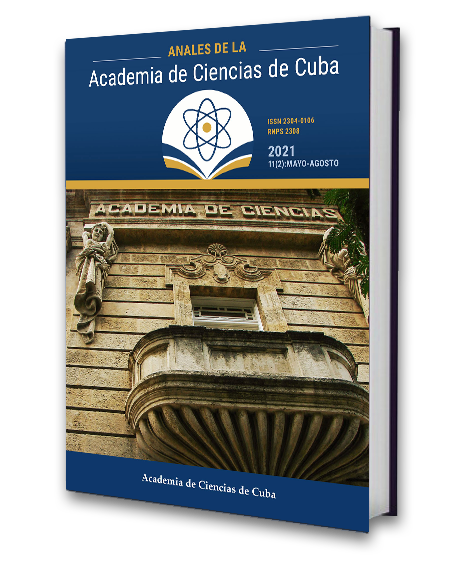Mechanism of action of brassinosteroids and their analogues in the plant responses subjected to abiotic stress
Keywords:
brassinosteroids, thermotolerance, salt stress, mechanism, tomato, riceAbstract
Introduction: Brassinosteroids and their analogues are compounds that have been successfully used in the tolerance induction to abiotic stresses in plants, at international level. The main objective of this research was to determine the effect that the exogenous application of brassinosteroids and their analogues exerted on the tomato seedling tolerance to high temperature stress and the role of brassinosteroid homeostasis and oxidative stress in this tolerance. The effects that brassinosteroids and their analogues exerted on rice plant growth under saline stress and the main physiological and biochemical mechanisms associated with this response, were also determined.Methods: An experiment was carried out in which different genotypes were used. They were characterized by genetic changes that produce different endogenous levels of castasterone. In order to combine the theoretical interest with the practical one, experiments with genotype Amalia were conducted. This crop is widespread in Cuba. So as to determine the influence of treating the seeds with BR and their analogues during the growth of rice seedlings in a saline environment, several experiments were run in semi-controlled conditions.
Results: The performed experiments demonstrated that the thermotolerance of tomato seedlings depends on kinase domain activity of the brassinosteroid tBRI1 receptor, as well as the participation of oxidative stress in the BR-induced thermotolerance. Furthermore, MH-5 analogue was more effective in protecting Amalia tomato seedlings from thermal shock than BB-6. Regarding the rice plant protection from salt stress, for the first time, in an integral manner, the physiological and biochemical responses associated with 24-epibrassinolide (EBL) and Biobras-16 induced protection are reported; it allowed for proposing an EBL action model in rice plants under these conditions. It was demonstrated that both compounds protected the plants; however, the physiological and biochemical responses associated with this protection are different.
Downloads
Downloads
Published
How to Cite
Issue
Section
License
The journal Anales de la Academia de Ciencias de Cuba protects copyright, and operates with a Creative Commons License 4.0 (Creative Commons Attribution-NonCommercial License 4.0). By publishing in it, authors allow themselves to copy, reproduce, distribute, publicly communicate their work and generate derivative works, as long as the original author is cited and acknowledged. They do not allow, however, the use of the original work for commercial or lucrative purposes.
The authors authorize the publication of their writings, retaining the authorship rights, and assigning and transferring to the magazine all the rights protected by the intellectual property laws that govern in Cuba, which imply editing to disseminate the work.
Authors may establish additional agreements for the non-exclusive distribution of the version of the work published in the journal (for example, placing it in an institutional repository or publishing it in a book), with recognition of having been first published in this journal.
To learn more, see https://creativecommons.org






